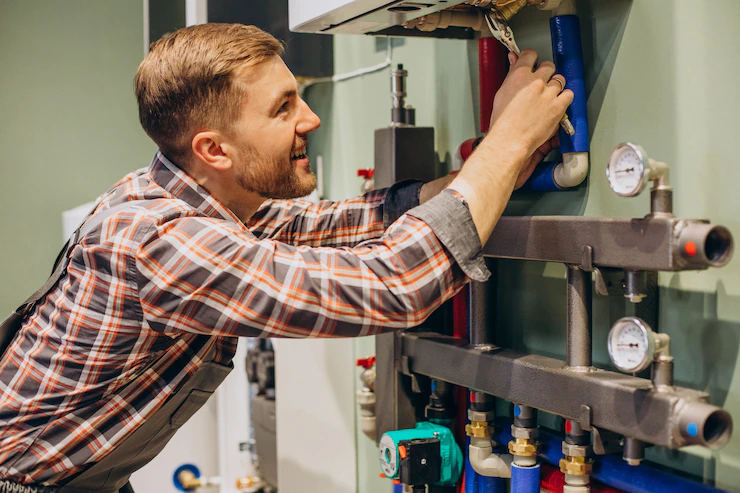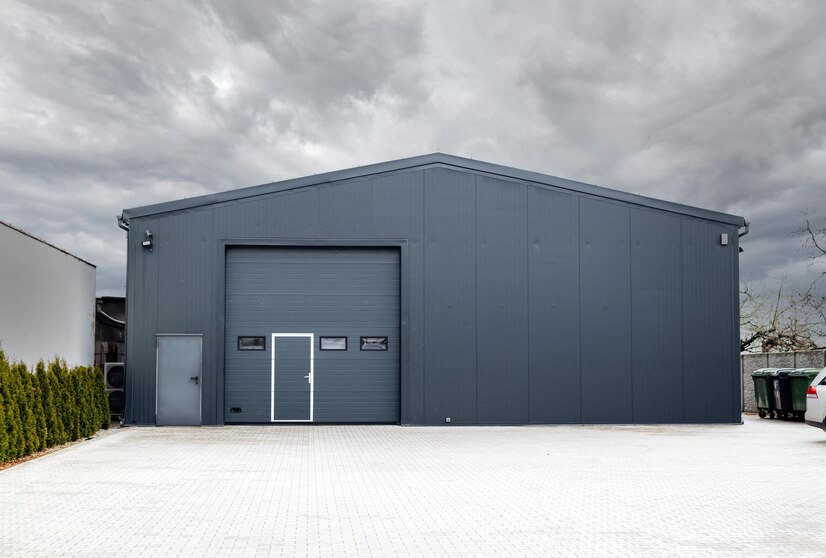You Won’t Believe How Easy It Is to Stay Warm This Winter

As the cold winds of winter settle in, our homes transform into sanctuaries that offer a warm retreat from the chilly outdoors. Imagine curling up on the couch with a hot drink, surrounded by the cozy warmth of a well-heated home.
However, there’s always the knowledge that a few months from now, the air conditioner will be off, the heater will be on, and the task of staying warm will begin. But this does not need to come at the cost of astronomically high energy bills.
Knowing how to keep your house warm effectively will not only ensure a welcoming atmosphere for your family but also help you save money and reduce your carbon footprint.
From sealing drafts to optimizing your heating system, small changes can make a big difference in both comfort and cost. Whether you’re battling freezing mornings or frosty evenings, these steps will help create a cozy haven you’ll love coming back to every day.
Let’s look at these practical and cost-effective ways to keep your house warm this winter while getting the most out of your energy resources.
How To Keep Your House Warm: Top Ways
Keeping your house warm during colder months is essential for comfort and energy efficiency. Whether you’re looking for cost-effective solutions or sustainable options, there are several effective ways to maintain a cozy indoor environment.
In this section, we’ll explore the top methods to keep your house warm and reduce heating costs.
1. Use Rugs and Textiles

Adding rugs and textiles to your home during the winter can help everyone stay warm without turning up the thermostat.
Thick rugs provide insulation against the cold floors, especially in older houses or homes built on slabs. Adding luxe throw pillows and blankets to couches and chairs also creates a warm, inviting environment where you can curl up and stay cozy.
Consider adding a basket of slippers near your home’s entryway for your household and guests to use. You can also hang thicker curtains to help mitigate heat loss through the windows, which can account for over 30% of your annual heating costs.
2. Schedule Annual Furnace Tune-Ups

Scheduling annual furnace tune-ups will ensure your systems are running efficiently. Most heating repair services offer an annual tune-up service or an affordable maintenance plan.
It’s best to schedule these visits for the late summer or early fall before demand increases. If you wait too long, you might not get the visit in until after the cold weather hits.
During a tune-up, the heating specialist will clean filters, make adjustments, and ensure everything is in good working order. This visit ensures that your heating system is running efficiently for maximum output with minimal energy or fuel consumption.
3. Redirect the Heat

If your home has any minimally used areas, you can keep the high-traffic areas warmer by redirecting the heat. Close the doors to unused rooms. These rooms could include guest rooms, the bathroom, and bedrooms during the day while people aren’t home.
Consider closing or blocking vents in unused rooms to ensure that heat is redirected where it’s needed. If you have ceiling fans, turn them clockwise to push warm air back down to the ground. If you have a multi-story home, it’s well worth installing a fan over the staircase.
Ensure that nothing is obstructing your vents in high-traffic areas. For example, if you have a sofa in front of a vent, try moving it elsewhere or moving it forward to avoid impeding the airflow.
4. Repair Gaps and Drafts

Finding and repairing gaps and drafts should be on your annual home maintenance to-do list. You can rent or buy a draft detector or use a candle to determine where the air is moving in and out of your home.
Consider adding insulation to exterior walls or around electrical outlets. If you have drafty windows and doors, you can use weather stripping, caulking, and door liners to minimize leaks.
5. Use Supplementary and Residual Heat

Talk to your heating specialist about installing a supplementary heat source in high-traffic areas of your home.
Adding a heat pump will help you keep your house warmer by focusing your climate control efforts rather than waiting for the whole house to heat up. You can also explore adding in-floor or radiant heat if you have any planned renovations.
6. Control the Humidity

Humidity has an interesting effect on how we perceive temperature. If the humidity level in your home is too high during the winter, it will feel colder than what the thermostat is telling you.
This phenomenon is caused by invisible water droplets coming in contact with your skin. If you’re concerned about the humidity levels in your home, talk to a home heating or HVAC specialist about how to correct this issue.
Try these practical suggestions to help your home feel warmer without dramatically increasing your home heating costs.
7. Layering and Zoning Techniques
One of the best ways to keep your home warm without turning up the heat all the time is to layer your clothing. You can stay warm by trapping body heat with multiple layers of clothing.
Begin with a moisture-wicking base layer, add an insulating layer (such as a sweater or fleece), and top with a warm jacket or blanket while sitting in one place. It is at this point that you will be comfortable while saving energy.
Zoning is another effective way of keeping your house warm while using less energy. Instead of heating all rooms at the same intensity, such as the living room and bedroom, where you spend most of your time, close the doors of unused rooms to retain heat.
Use programmable thermostats or space heaters in areas that you want to warm for longer periods. This method ensures that you get warmth precisely where you want it while saving energy by not forcing the system to warm unused areas.
Ways To Keep Your Home Warm: Safety Considerations
Safety comes first when considering how to keep your house warm, more so when using heating devices. Space heaters are a great way to warm up a room fast, though they can cause fires if not used appropriately.
For safety, always place space heaters on a flat, nonflammable surface and away from curtains, furniture, or any other flammable materials. Also, allow at least three feet of clearance around the heater to prevent overheating of nearby objects.
Regular maintenance of space heaters is essential. Clean the heater’s vents and filters periodically to avoid dust buildup, which can be a fire hazard. Never leave a space heater unattended and always turn it off when leaving the room or going to sleep.
Also, look for any signs of damage, such as frayed cords or non-working components. Defective equipment can lead to an increased risk of electrical fires. If a heater is damaged or shows signs of wear, replace it immediately.
Another major safety consideration is keeping anything that could catch fire away from any source of heating. Keep paper, blankets, and clothing well away from heating equipment. Take care with your fireplace or wood stove: make sure the floor is clear and open before using it, and do not burn materials that may give off toxic fumes or sparks that could prove dangerous.
By adhering to these precautionary measures, you can hear your home efficiently without endangering your home and family.
Additionals:











Leave A Reply